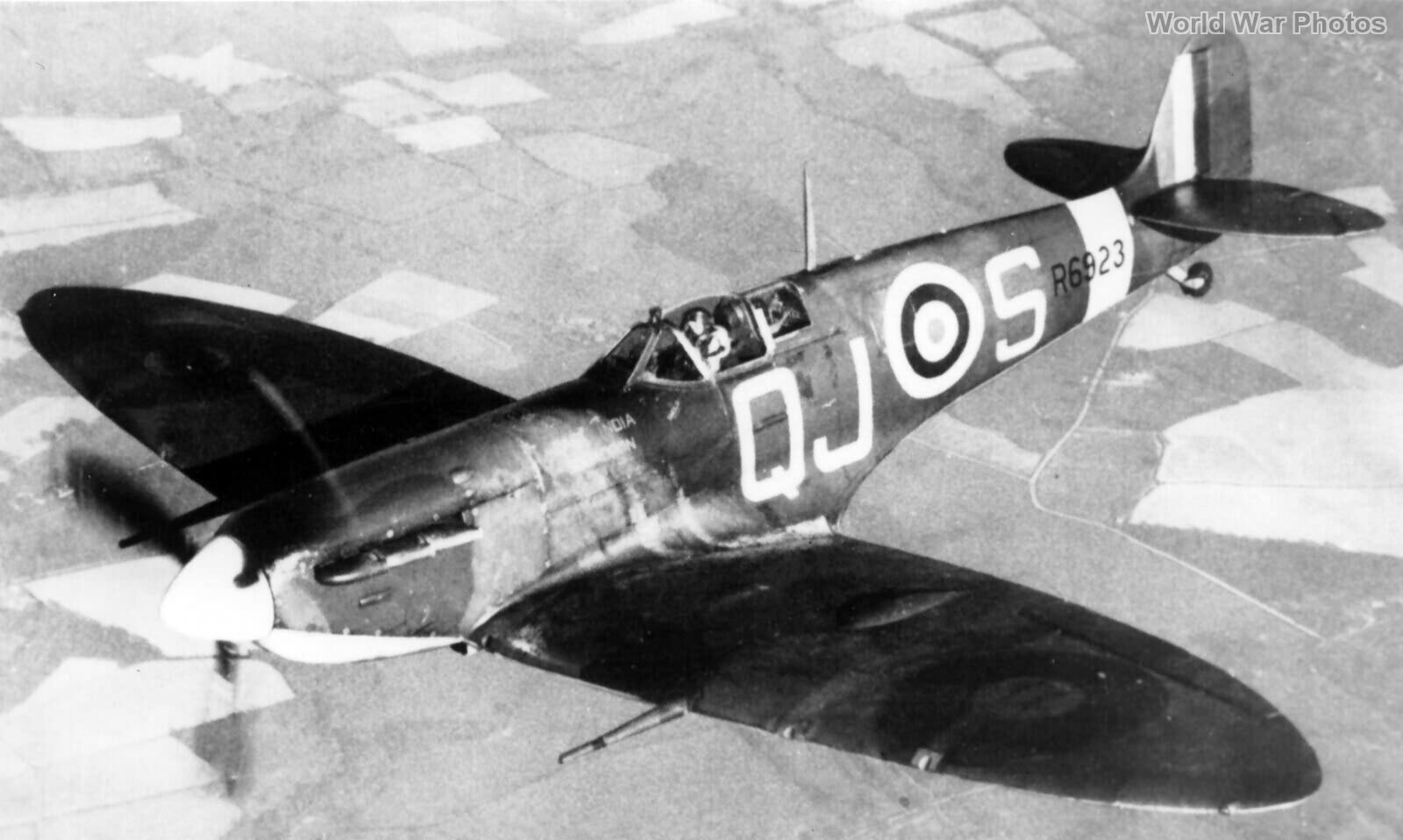The Mk.V Spitfire stands out as the most widely produced variant of the Spitfire series and was the first to see extensive deployment. It served with the RAF and allied forces across Europe, Malta, the Western Desert, Australia, India-Burma, the Far and Middle East, the Mediterranean, and the Eastern Front. This model was also the first to evolve into a diverse range of variants and to be used in large numbers by foreign air forces.
Built on the foundation of the Mk.I and Mk.II airframes and powered by the more robust Merlin 45 engine (which reverted to an electrical starting system, unlike the Mk.II’s cartridge starter), the first Mk.V (converted from a Mk.I) took to the skies in December 1940. Deliveries commenced in February 1941, initially involving conversions of existing Mk.Is and new aircraft production. The first new build Mk.Vs began arriving in March 1941 from the parent company, Westland, and from CBAF three months later.
Three primary versions of the Mk.V were produced: the Mk.VA with machine guns, the Mk.VB with a combination of cannon and machine guns, and the Mk.VC, which featured the newly developed ‘universal’ C wing capable of accommodating both armament configurations or up to four 20mm cannons. The Mk.VC also included a reinforced undercarriage, while all variants saw an increase in armor protection and a rise in machine gun ammunition from 300 to 350 rounds per gun. The new C wing design allowed for an expanded cannon ammunition capacity (from 60 to 120 rounds per gun) with a new belt feed system replacing the earlier drum system. The Mk.VC was introduced in October 1941, and from 1942, the RAF began using role-specific prefixes, resulting in designations like F.VA, F.VB, and F.VC.
Continuous upgrades led to the introduction of metal ailerons (replacing fabric ones), Merlin 50/55 engines with a negative ‘g’ carburettor, improved armor protection, and various other enhancements such as pressurized fixed fuel tanks, structural reinforcements, and additional armor. Drop tanks and different bomb configurations were developed for the Mk.V, along with tropicalized versions starting in early 1942. These tropicalized variants featured large Vokes filters or, alternatively, the more compact Aboukir filter developed by an Egyptian Maintenance Unit. Production of the Mk.VC continued until July 1943.
By 1943, most Mk.V Spitfires were upgraded to LF.VA/B/Cs, which included Merlin 45M, 50M, or 55M engines with modified supercharger impellers optimized for low-altitude performance. These models also had clipped wings to enhance maneuverability at the low altitudes where they were primarily used.
Although the Mk.V was eventually surpassed in performance by the Focke-Wulf Fw 190, necessitating the rapid development of the Spitfire IX, it was the first Spitfire variant designed for multiple roles and became a versatile and essential aircraft during the mid-war years across various fronts.
